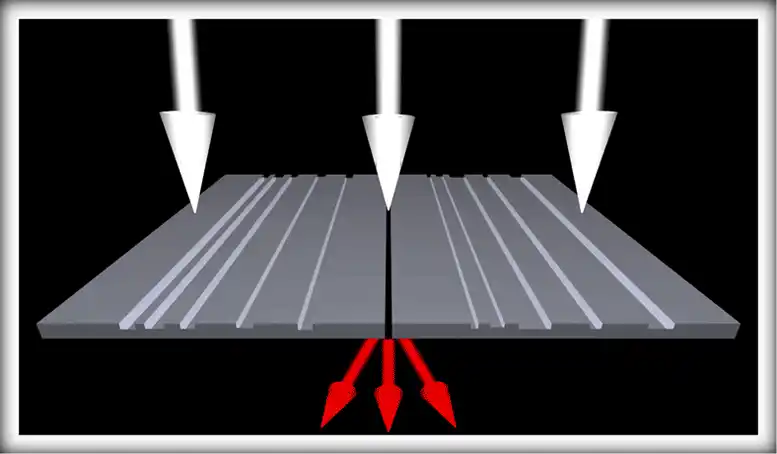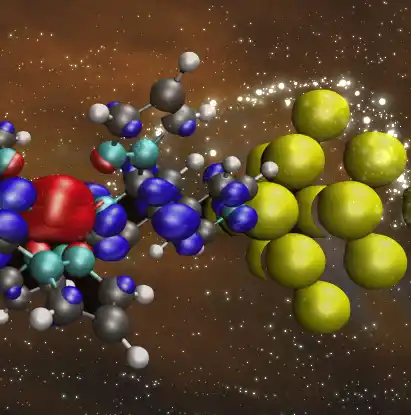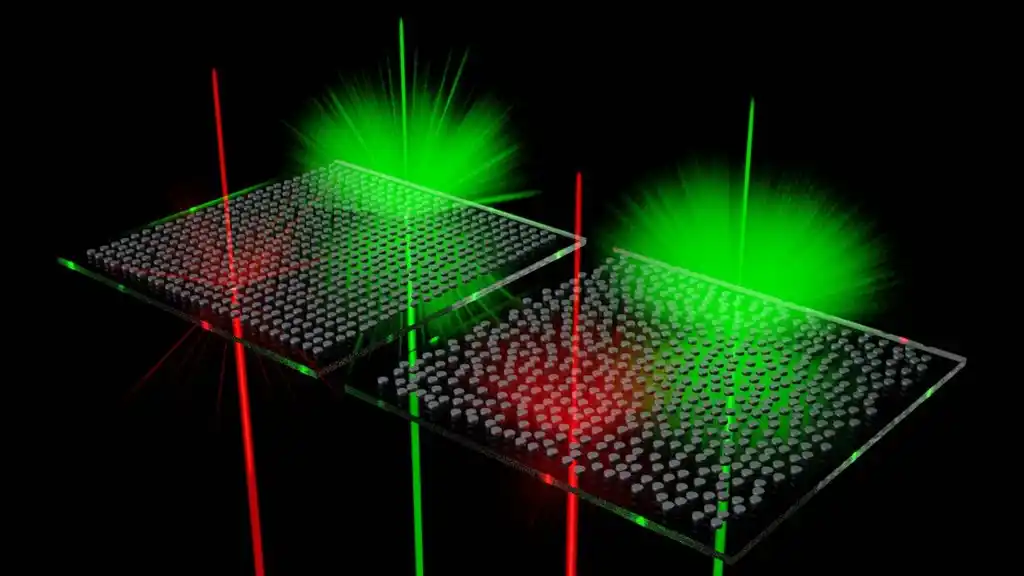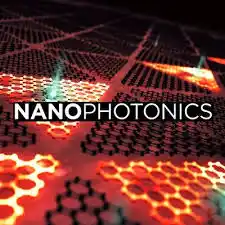افشین رشید
اُستادیار ؛ عضو هیات علمی دانشگاه آزاد اسلامی واحد علوم و تحقیقات تهران
615 یادداشت منتشر شدهNano-photonic circuits (structure and function)

Note: In general, nanophotonics is the behavior of light on the nanometer scale and the interaction of objects on the nanometer scale with light. Photons are unique and different from other particles. Because photons have wave properties as well as natural particle properties. This means that it can be refracted by the lens while interfering with other waves while simultaneously being analyzed as a particle of matter.
A photon is a particle that has energy and movement. However, it has no mass or electric charge. Photons are fundamental particles and are known as quantum electromagnetic nutrients. This type of particles cannot be divided like other particles such as except components.

Nanophotonics or nanooptics is the study of the behavior of light based on the interactions of optical material science and engineering, at wavelength and wavelength scales, where natural or chemical projects of nanostructured natural materials or nanotechnology at scale Nanophotonics and synthetics using optics including silicon-based semiconductors (where nanophotonics improve speed and performance) are associated with specific technologies such as optical engineering, electrical engineering, and nanotechnology. Nanophotonics or nano-optics involves metallic components that can transmit and focus light, often referring to ultraviolet, visible, and infrared radiation, whose wavelengths range from 300 to 1200 nm.

Conclusion:
Nanophotonics or nanooptics is defined as the study of the behavior of light based on the interactions of the science and engineering of optical materials, carried out at sub-wavelength and wavelength scales, in which natural or chemical projects of the natural structure of nanomaterials or synthetic nanophoton scale or nanoscale using light containing silicon-based semiconductors (where nanophotonics improve speed and performance)
